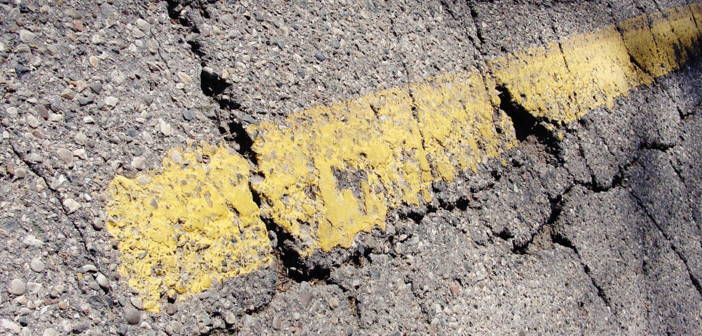Although many people perceive that our infrastructure is decaying, the reality is more nuanced. State trunkline highways – roads designated with an “I,” “U.S.,” or “M” – carry 53 percent of all traffic and 66 percent of all commercial truck traffic. Of these roads, 85 percent are rated as being “fair” or “good” condition, with only five percent of bridges rated as structurally deficient. Thus, the roads that carry the majority of vehicle traffic in Michigan are in pretty good shape, though these roads are slowly decaying over time. In 2008, 92 percent of Michigan trunkline was rated as “fair” or “good.”
Michigan has 120,000 miles of roads, but only 9,700 of them are trunklines. The remaining 110,300 miles are county roads, major city streets and local roads. These are the roads where the problems lie. On average, 50 percent of these roads are rated as being in “poor” condition. Some municipalities are in worse shape. For example, 80 percent of the roads in Burton are rated as “poor.”
How did these roads get so bad? A combination of factors is to blame. The Michigan gas tax was set at 19 cents per gallon in 1997 and remained unchanged for 20 years, despite the consumer price index increasing by 53 percent. Thus, road dollars failed to keep up with inflation. Local governments are reliant on property taxes to raise revenue, and property values have yet to recover to their pre-recession levels. State revenue-sharing to local governments has been substantially cut, costing local governments $6.2 billion in lost revenue since 2001, which is money that could have gone toward local road repair. Local governments collectively face $18 billion in unfunded pension and healthcare liabilities, which will divert substantial resources away from public goods such as roads.
With 75 percent of the state budget going toward Health and Human Services and education, the state faces a similar predicament. In the 2017 budget, the state shifted $400 million in general fund dollars away from roads. Funding for Michigan trunklines being reduced by $4 million in that same budget, means that the slow decay of the trunklines will continue. These cuts largely offset the additional revenue being brought in by the higher gas tax and vehicle registration fees.
To reconstruct a road, it costs approximately $1 million per lane-mile. Given the current fiscal situation, the state does not have the resources to fix all of the local roads in poor condition while maintaining the trunklines. Local governments will need to consider dedicated road millage to repair and reconstruct local roads.
President Trump made infrastructure a focal point of his campaign. The previous administration erred by focusing infrastructure stimulus on high-cost, low-value projects such as high-speed rail that take a long time to build. In contrast, local road projects are “shovel ready” and can be done quickly. If the Trump administration wants to pursue an infrastructure stimulus plan, block grants to local governments would be an effective way of doing so.








